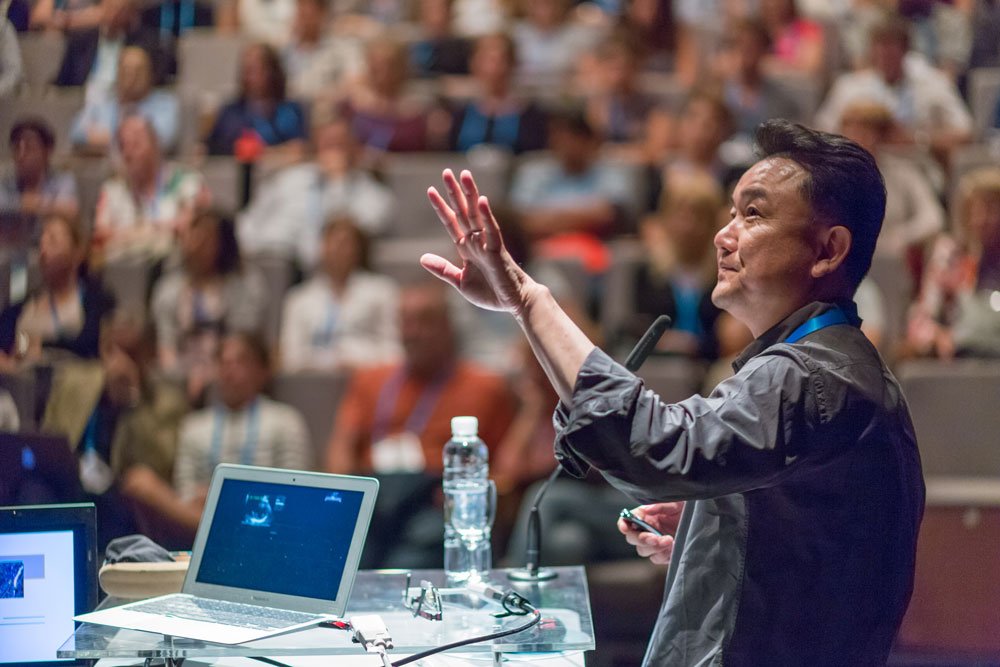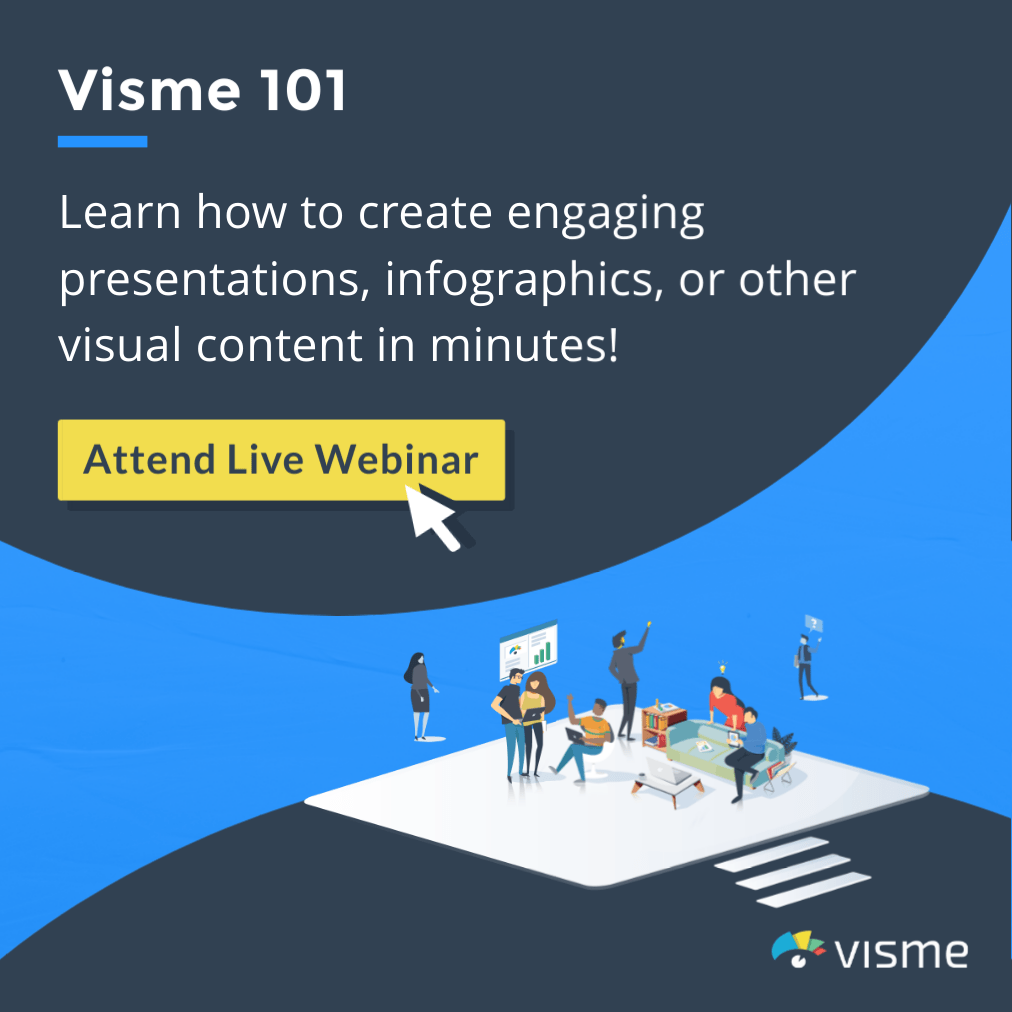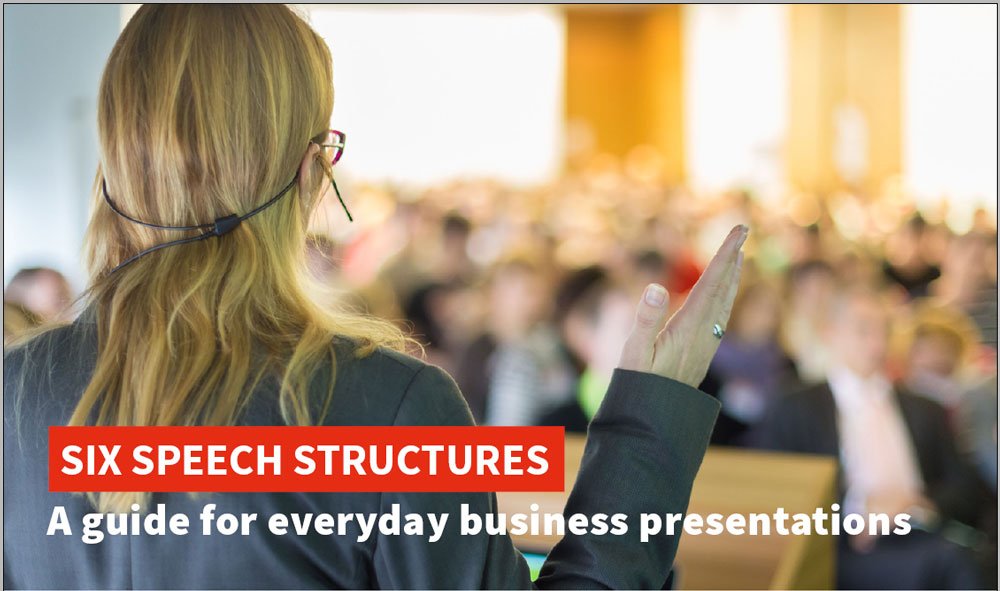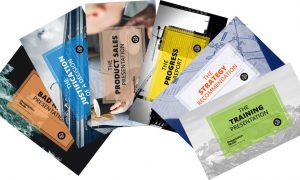How to Encourage Audience Engagement and Follow-Up Questions


Have you ever had a realisation mid conversation that you’ve completely misread the people you are talking to and said the wrong thing? It’s a horrible feeling. Now, can you imagine this in front of a room filled with people? Understanding who you are talking to, and within what context, is key to great engagement with a speech. In this article, we’ll cover how to make sure you know your audience and also explain some techniques to improve audience interaction. Following these points is a sure fire way to level up the speeches you deliver.
Event Research and Planning
Get a solid brief and tailor to your audience
The key to audience engagement is getting a good brief from the event host, and making sure you tailor your presentation to the audience’s needs and expectations. Nothing will turn off an audience more than realising the speaker is delivering an off-the-peg speech to an audience they know nothing about.
Key questions
To develop an in-depth knowledge of who you will be talking to, it’s important to ask the right questions. Ahead of the event, find out:
- How many people will be in the audience?
- What will be their demographic profile (age, geography etc.)?
- What key messages does the host want the audience to take away from your speech?
- How does the host want the audience to feel emotionally after the speech is finished?
What is the event scheduling?
Find out where your presentation fits in the flow of the event. Are you the opener or closer? Or in the middle of the programme? This will help you gauge the right energy and format. If it’s at the end of the event and there have been some notable talks or points of interest, you could have a moment to address them and provide a bit of comment. This shows a level of engagement and reactiveness that you’re hoping the audience will emulate.
Coordinate with the event host
Depending on the answers to the above, think about how you want to format your session, and discuss some options with the host.
- How long should you talk for, and how much should be a Q&A? Who will moderate the Q&A?
- Should you consider an interview format rather than a speech and Q&A?
- Or a seminar/workshop format?
Decide on a direct engagement technique
It can be great to split up your talk with interactive elements, like asking your audience to vote on questions you give them. There’s a broad range of techniques that can be used in audience participation from a simple show of hands, to a detailed answer with an audience member’s personal information, role playing, games, and small group activities. Every one of them has benefits and disadvantages. You should make a decision on what is most appropriate based on your event research.
- The show of hands is good for polling the audience and gaining real-time feedback. It lets audience members know where they stand with respect to the group.
- Brief personal input reveals the diversity of experience in the room.
- Role playing and games are excellent for practicing sales situations and interpersonal responses.
- Group exercises allow participants to learn from each other.
Use a Polling Tool
We’ve put this section separate to the bullet points above, because polls are an extremely effective way to engage with audience members. You can use voting technology for this (iPads etc), but beware that this can sometimes interrupt the flow of the speech, especially if there’s a glitch in the technology – as we mentioned above often a straw poll of raised hands flows much better and has the same effect.
A poll causes audience members to think about the subject and engage critically with what you’ve been saying. It’s then a prompt for them to share their own thoughts and knowledge, which can lead to further discussion and engagement. So to implement this either simply ask your question out loud or put a question onto the screen. Then ask audience members to respond how you’ve decided is best fitting. If you decide they should answer with a smartphone or laptop, there are polling tools online that can help you collect responses.
Delivering the Speech
So you’ve planned an amazing speech, now it’s time to deliver it. Below we’ve outlined some of the best techniques to employ to give a speech people will find interesting and want to be a part of.
Talk, don’t read
Talk to the audience, don’t read to them! While it is ok to use notes here and there, it is not ok to simply read out pre-prepared remarks form a piece of paper. Similarly, think carefully about how you use slides. Don’t cram them with too much information as this can be confusing and hard work for the audience, leading them to lose interest. Slides should enhance your talk, not be it’s main focus, and should not distract the audience from engaging with you.
Because it’s important, let us repeat: never ever just read out your slides.
Slow down
This is one of the most important and widely suggested tips for public speakers. Standing in front of people can be stressful and make you anxious, both of these can cause you to talk a lot faster. Take a couple deep breaths and slow down your speech. Pronounce your words clearly and look at members of your audience. If you’re calm, your delivery is less likely to have mistakes.
Frame questions inclusively
If asking questions of your audience, say them in a way that encourages a response without too much pressure. Don’t put a person on the spot. If you did, it discourages other audience members from participating later. For example, instead of asking, ‘Tell us about the best evening you ever had’, it might be easier for them to respond to, ‘what’s a good evening for you?’ If you’re asking for a group response consider the answer you’re looking for, if you want people to respond as a group, a yes / no question makes a lot more sense than an open ended question.
Give enough time for response
Make sure the audience understands you want them to respond. People don’t want to be caught out trying to answer a rhetorical question you posed. You can help this by phasing questions like, ‘Who in this room…’ which makes it more obvious you would like a response.
At times when you have deliberately posed a rhetorical question and you’re not expecting a response, give the audience time to consider what they would say. It doesn’t need to be long, but let your message sink in. You can cue a moment like this by saying, ‘Think for a second…’
Acknowledge Contributions
If an audience member has made the effort to contribute, make sure you appreciate that before moving on with the speech. This can be as simple as saying ‘Thank you’. With time and practice, you will get more experienced at working with an audience. With this knowledge you’ll be able to use responses to reinforce the points you’re making and even return to an audience member’s response further into your speech.
Don’t forget the technical details
It’s vital to think ahead about what technical requirements your presentation will have. Discuss these needs with the host in advance so they have time to prepare. With this forethought you will have fewer setbacks or events that could distract from your message.
If you’re using a slideshow, make sure you’ve explained what programme it’s built on, the computer and connecting leads you have. Ensure you have a test run where you can make sure all is working properly.
Consider how you’ll be moving around the stage, will you need to be mic’d up? If so, what type and if it’s wired will it reach where you need to be?
Consider formal coaching
A last point is that there are professionals out there who are incredible coaches at developing a person’s speaking abilities. If you want to really reach the next level, consider employing a professional to give you their expert guidance. And, of course, Presentation Guru have a great article on How to Find the Right Speaking Coach for You.













